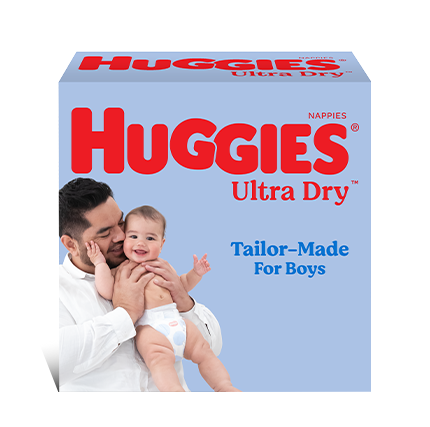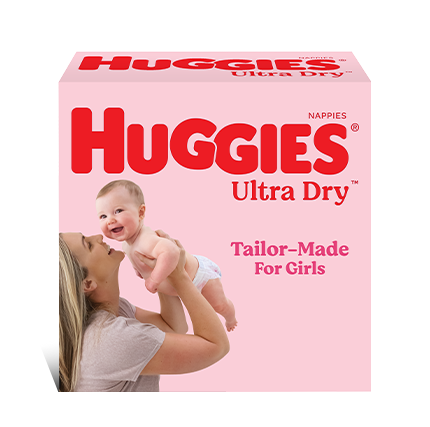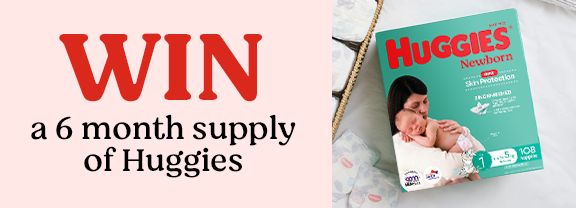Getting your toddler used to water early is important from a safety point of view and its great fun too. While your tot won’t be co-ordinated enough to learn to swim until they are two or three, you can get baby to feel confident and relaxed in the water and make swimming a fun way to exercise for both of you.
Parents used to be advised to wait until their baby had had their immunisations at two, three and four months before they took their babies swimming. But government health experts no longer believe this is necessary, so it’s really up to you when you start taking your baby to the pool.
Remember too, that a noisy swimming pool could be frightening for your baby, so it may be worth waiting until baby is a bit older. You will probably have to wait until you’ve had your six-week check before you can go yourself, anyway.
What to take to the pool
Before your first trip to the swimming pool, it’s worth ringing ahead to check if there is pram access and baby changing tables in the changing room. You will also need to remember:
- A towel, preferably one with a hood to keep the little one warm if it’s cold outside
- A snack, as swimming toddlers get hungry
- Books or toys to keep them occupied
- A few of your bubs bath toys to play with
- Your baby’s nappy bag
- A swim nappy, like Huggies Little Swimmers
How to introduce your baby to the water
Here are a few tips you can use to help your baby learn to enjoy splashing about in the water:
- Make bath time fun by gently splashing water over baby, or laying your baby on their back and slowly moving them through the water
- When you first start going to the pool, make sure you go in the quietest part of the day to calm baby’s nerves. If you feel relaxed and confident about being in the water, chances are your little one will too
- Keep eye contact with your baby, and hold bub close to your body. As you and your baby feel more confident, you can extend your arms and move around in the water
How to make swimming fun
These are some games to help your baby enjoy the water and learn the basics of swimming:
- Bring your baby’s bath toys to splash around with. Try throwing one a few feet away and encourage baby to paddle through the water (with assistance) to retrieve it
- Let your child learn by example. Put your mouth underwater and blow bubbles. This is an important lesson for bub to learn as babies can’t inhale water if they are blowing bubbles
- Incorporate nursery rhymes into your swimming activities. Sit baby on the side of the pool and sing ‘Humpty Dumpty’. When you get to the line, “Humpty Dumpty had a great fall”, lift baby down into the water with a nice splash!
- Lay bub on his or her back, with their head resting on your shoulder. Encourage your baby to kick their legs and make the biggest splash they can
How to stay safe
To keep baby safe while swimming, means more than keeping a watchful eye on your little one. You will need to use common sense to determine whether it is safe for your toddler to be swimming. Some tips to remember are:
- Checking to pool temperature is between 31.5 and 33°C. You can always call ahead and ask the pool staff to check for you
- As soon as your toddler starts to shiver, make sure you get bub out of the pool and wrapped up warmly
- Start off with swim sessions of 10 minutes and build up to 20 minutes. If your baby is under 12 months, avoid staying in the water for longer than half an hour
- Postpone your swimming trip if bub has a cold or seems under the weather
- If your baby has sensitive skin, check with your doctor to make sure the chlorine wont irritate baby’s delicate skin
- If you have a pool at your house or your neighbours have pools, make sure it’s fully fenced with a latched gate and make sure the gate is securely locked at all times
- Don’t leave any toys in the pool when you are done swimming as your child might be tempted to go in to get them Remember to slip, slop and slap. A healthy measure of sunscreen should be applied whenever taking your child for a swim, your toddler’s skin is more sensitive to the sun and gets burned really easily
- Learn CPR, it is an invaluable first aid technique to possess, and you never know when you might need it
When to start swimming lessons
AUSTSWIM recommends formal swimming lessons for babies no younger than 6 months of age, but the earlier you get your bub used to water the better, as the longer you wait, the better the chances that your child will be scared and hesitant to make the big dive. The best way to start the process of getting your child to swim would be to acclimatise them in a safe, comfortable environment; the bath tub! Get your child to practice floating in the tub and have some fun by splashing around and blowing bubbles. It’s also a great place to keep your child comfortable with water during the cold winter months.
Initially your baby will learn skills such as how to control their breathing under water, how to float and how to get to a safe area in the water. Then baby will learn to turn around and go back to the side of the pool, and ‘monkey’ along the side of the pool safely.
While swimming lessons aren’t a substitute for proper fences and constant parental supervision, they add an extra layer of protection. This protection is necessary when drowning is the most common cause of accidental death for children under the age of 5 in Australia.
To find swim school near you, check the Swim Australia website for more details.
How to be prepared for swimming lessons
A swimming pool can be a daunting sight for anyone, especially a baby who has no water confidence or awareness. Take the time to familiarise your toddler with the water, and follow these few tips:
- Make sure all teacher shave a nationally recognised swim teacher qualification – Swim Australia or Aust Swim
- Choose a swim school with a well maintained pool and good facilities
- Check the activities are varied and fun so your bub remains interested
- Have a dress rehearsal at home so your child is comfortable in their swimmers and goggles
- Arrive relaxed and early so your little one is calm and can get to know the surroundings
- If your toddler is not fully toilet trained, make sure you fit a swimming nappy like Little Swimmers, so that no nasty stuff gets into the pool
Finally, in the course of teaching your baby to swim water safety should be a continuing consideration. Toddlers should not be permitted to swim or without supervision. That may seem an unnecessary suggestion, but it happens, sometimes with tragic results. In essence, toddlers should not be held responsible for their own safety.
Last Published* December, 2022
*Please note that the published date may not be the same as the date that the content was created and that information above may have changed since.

















